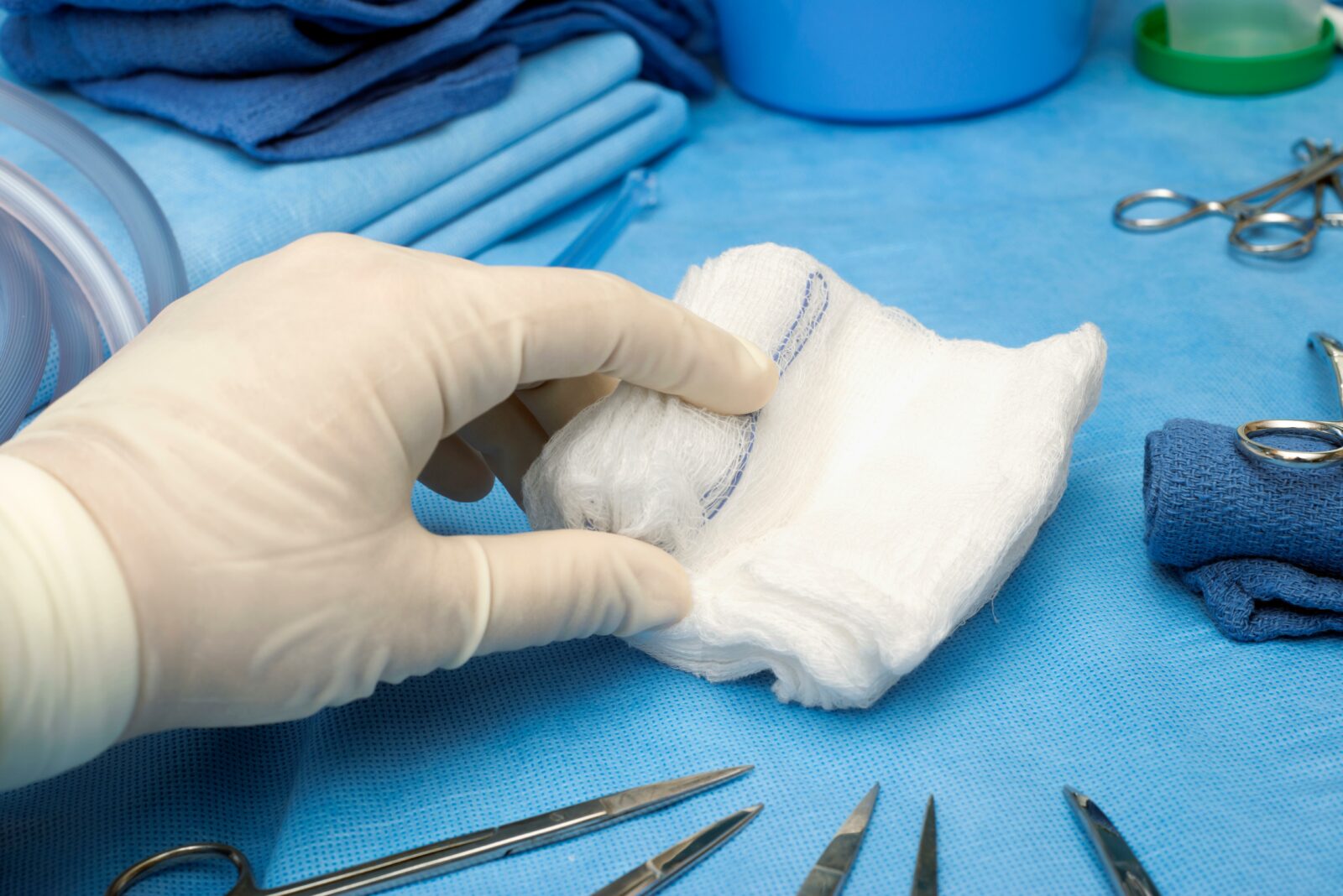
When it comes to veterinary equipment, the choice between single-use and reusable items is a key consideration for many practices. Both options have advantages and disadvantages, and selecting the right approach depends on factors such as cost, hygiene, environmental impact, and operational efficiency.
At Pennine Veterinary, we are always looking for ways to support our customers with the best solutions for their needs, and with a big focus on sustainability, we want to know what you think!
Single-use items are designed for one-time use, offering convenience and sterility. They are widely used in procedures where cross-contamination risks must be minimised.
Benefits of Single-Use Items:
Considerations:
Reusable items are designed for multiple uses, requiring proper cleaning, sterilisation, and maintenance. These are often chosen for long-term cost-effectiveness and sustainability.
Benefits of Reusable Items:
Considerations:
There is no one-size-fits-all solution—many practices use a combination of both to maximise efficiency and safety. For example:
– Single-use items for high-risk procedures, emergencies, or when sterilisation isn’t practical.
– Reusable items for routine procedures where reprocessing is manageable and cost-effective.
At Pennine Veterinary, we are committed to providing the best solutions for your practice. Whether you prefer single-use, reusable, or a combination of both, we’d love to hear your thoughts.
Let us know: What factors influence your decision? Would you like to see more sustainable alternatives? Get in touch and help shape the future of veterinary equipment.